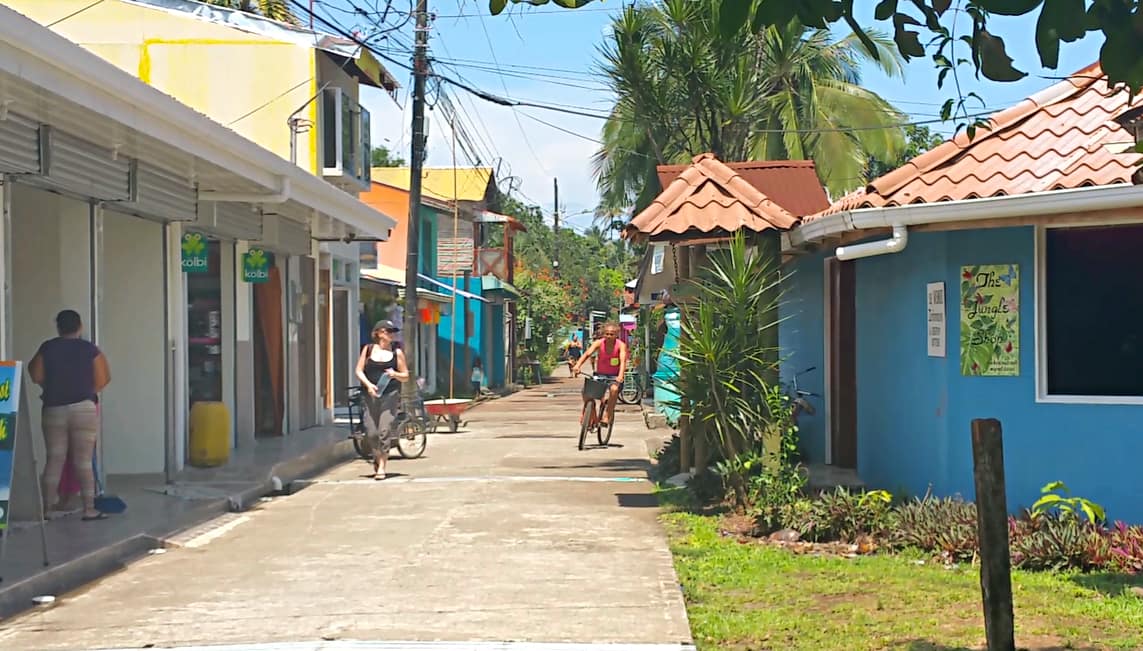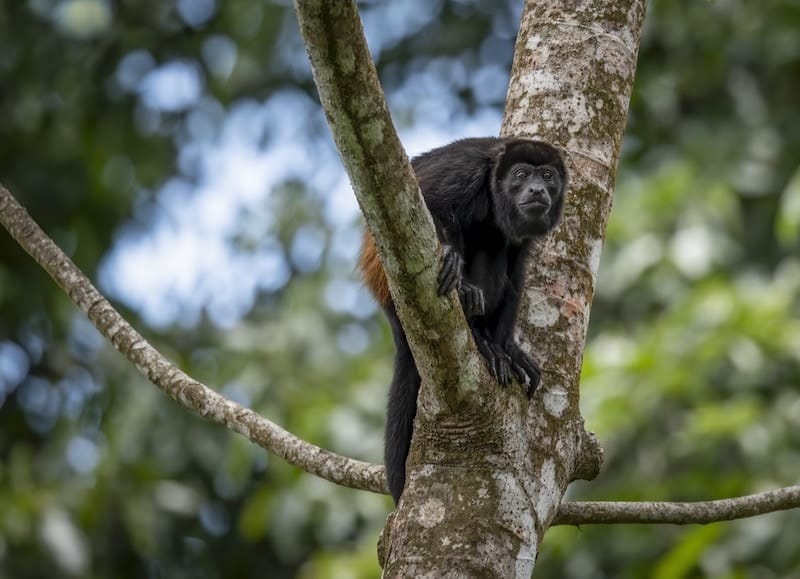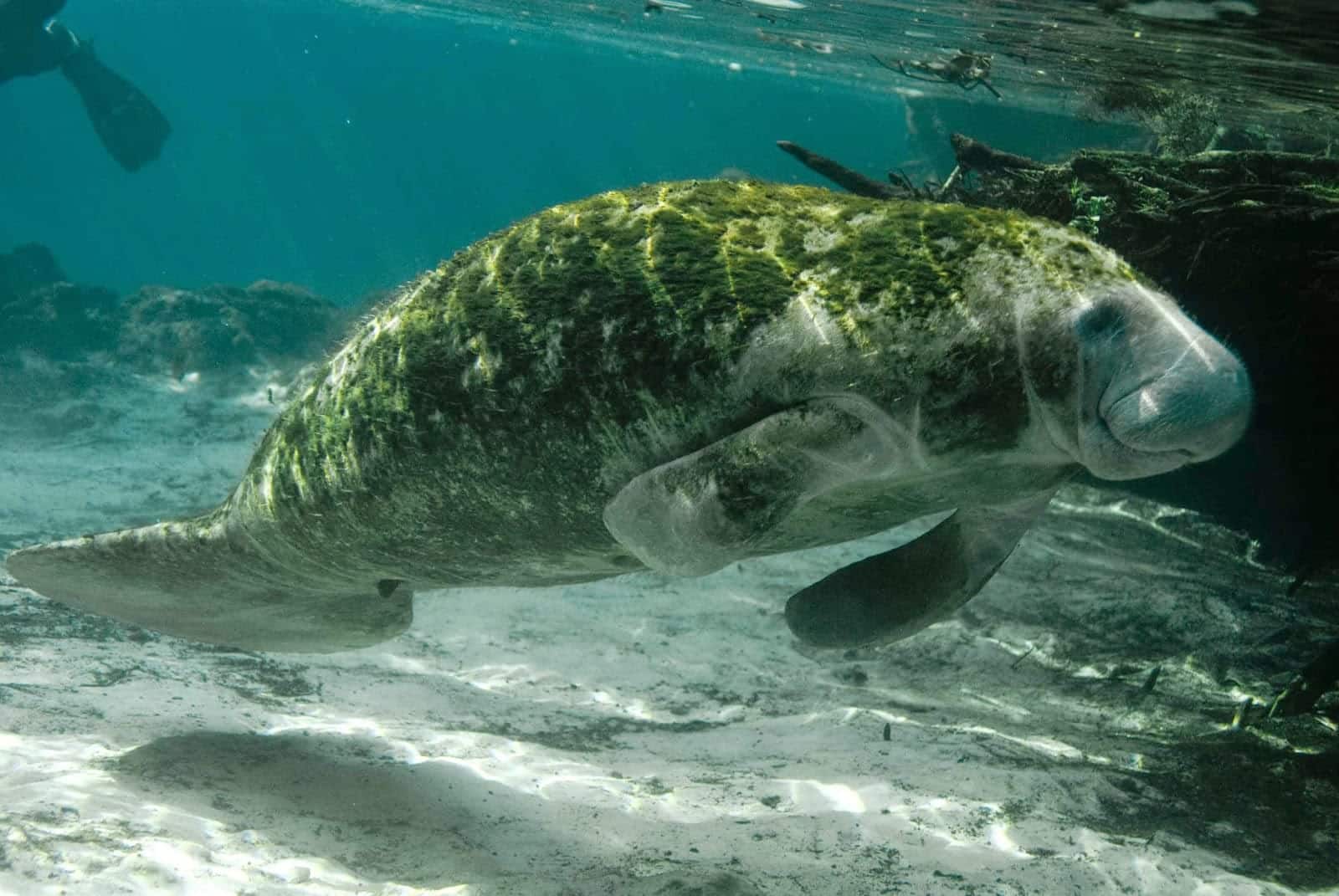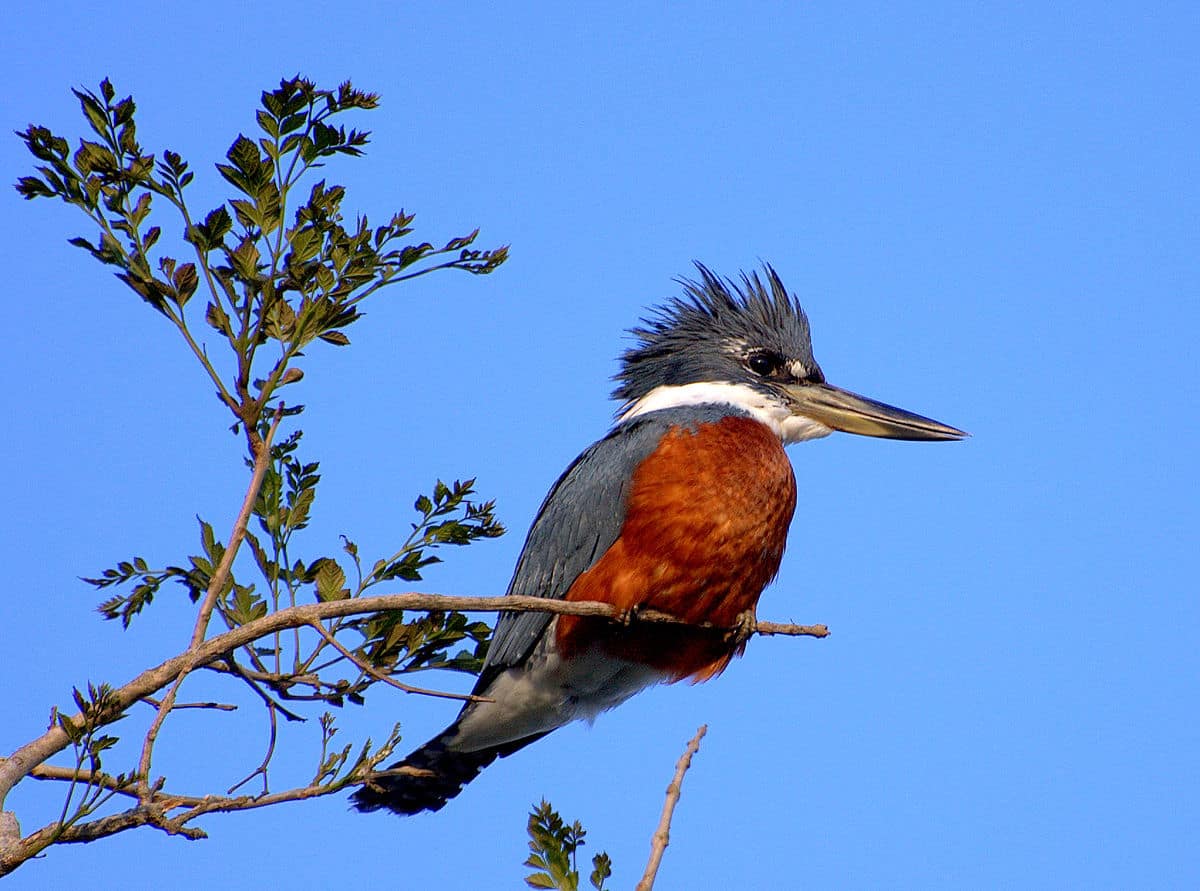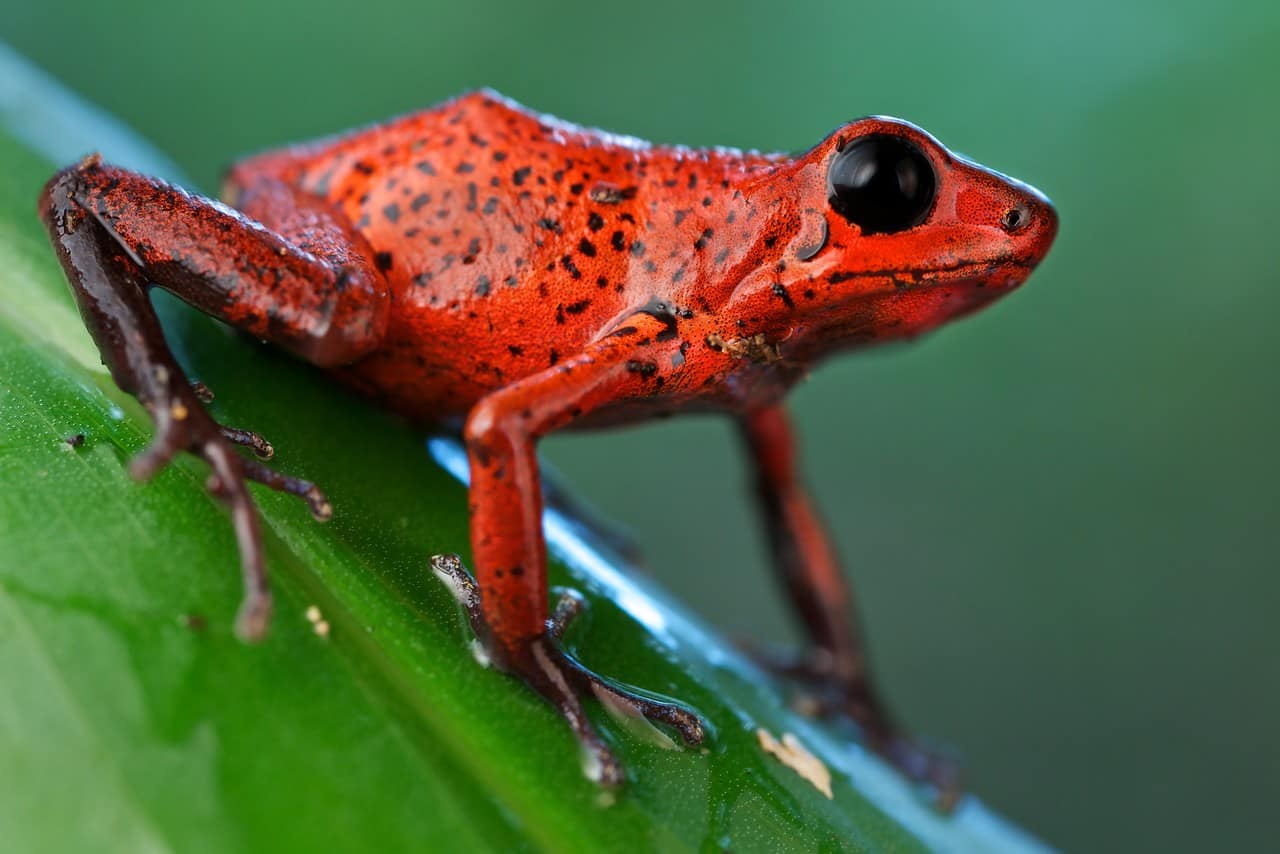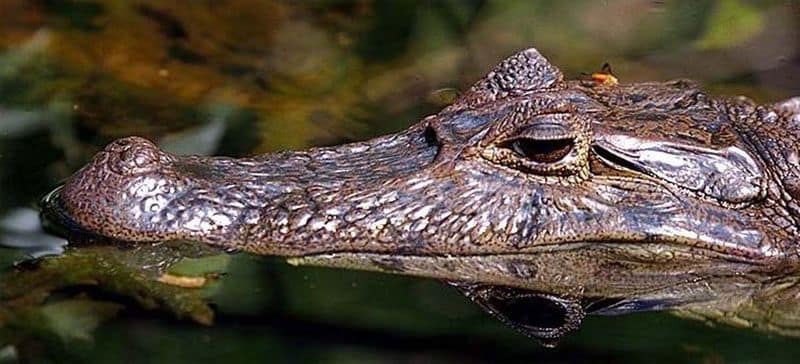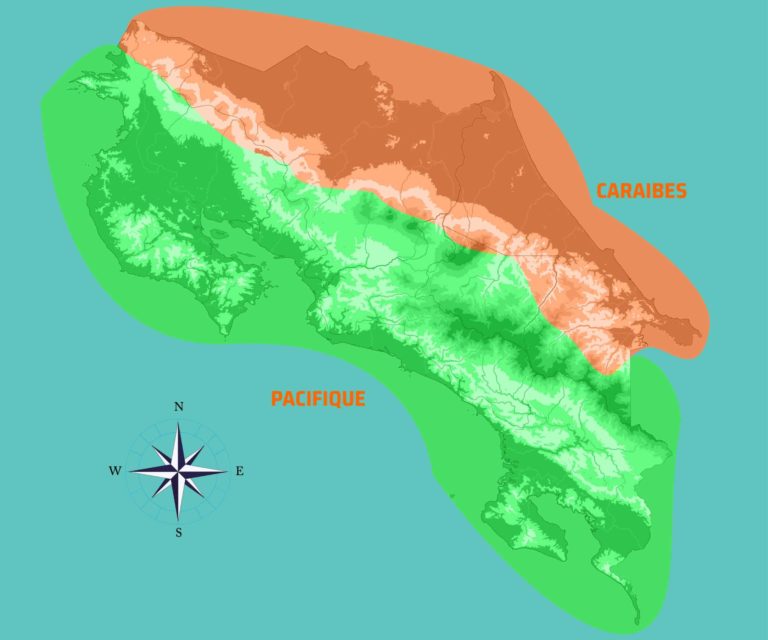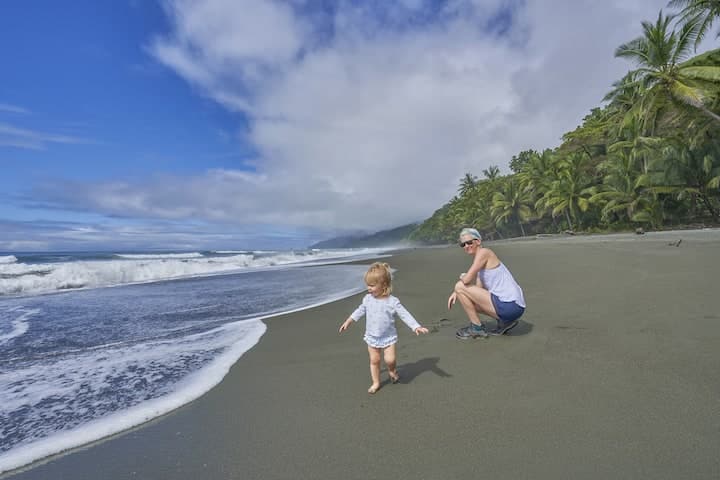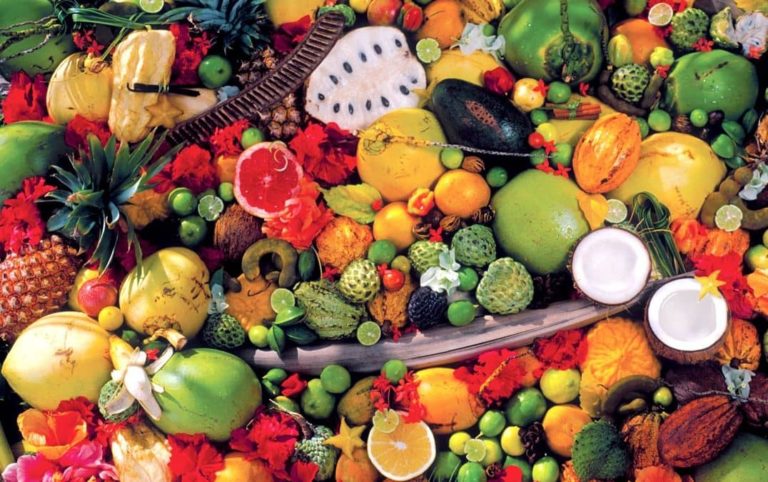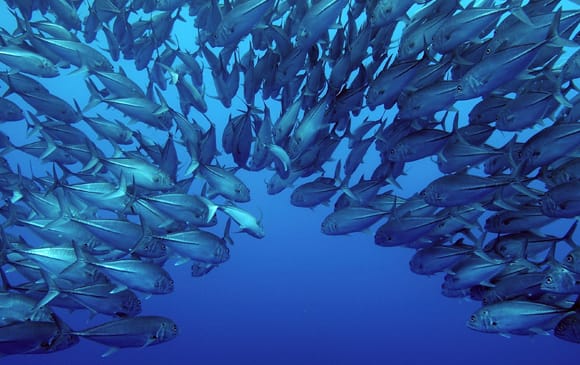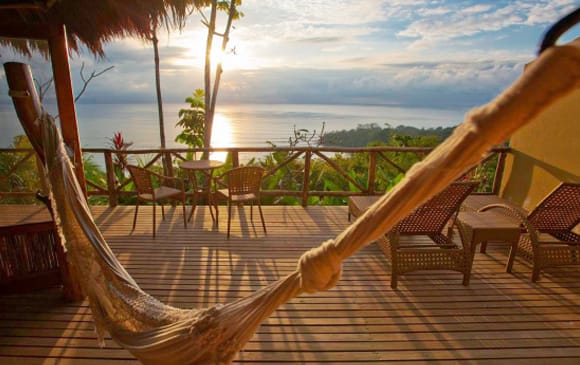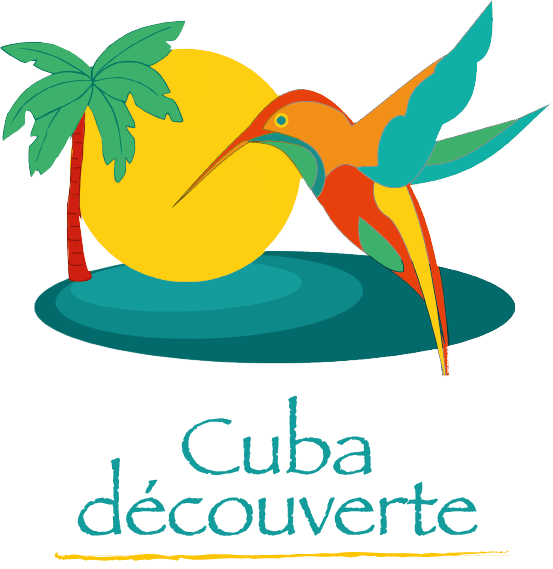History and background
Creation and objectives
Tortuguero National Park was created in 1975 to protect the region’s habitats, particularly sea turtle nesting sites. Prior to its creation, these areas were threatened by logging and hunting. Thanks to protection efforts, the park has become a model for the protection of tropical ecosystems and a haven for impressive biodiversity.
Tortuguero is undoubtedly Costa Rica’s most atypical nature park in terms of geography.
How to go to Tortuguero
There are several ways to reach this remote region of Costa Rica.
By plane
And yes, although the village doesn’t have a pharmacy, it does have a landing strip for small planes. This is the quickest solution, but also the most expensive. However, it’s worth considering for a trip of less than 10 days to Costa Rica.
In this case, take into account a saving of two days’ car rental. What’s more, arriving in Tortuguero by plane is a magical sight. Flying over the immensity of the forest and the meandering rivers that flow through the Tortuguero region is absolutely magical. We advise you to take the plane only for the outward journey, so that you can admire Tortuguero National Park from the air, and to arrive at your hotel at 9:00 a.m. instead of 1:00 p.m.. Then take the boat back to La Pavona or Guapiles to collect your car or transfer to your next stop. This way, you’ll have two very different views, and above all, you’ll save a lot of time.
The flight from San José to Tortuguero takes 30 minutes. Timetables are 7:15 or 12:00. So you can enjoy either the morning in San José or the morning in Tortuguero.
By comparison, by road, it’s a 4:00 journey to the village.
In semi-private transfer
Most Tortuguero hotels offer a shared minibus service from San José. This is the cheapest and most convenient way to reach the small Amazon. The hotels will then take you back to the mainland, where the rental companies, worthy of the name, will deliver your car.
In our opinion, this is the best option for those on a tight budget, as the service is included in the price of the hotel.
By public bus
This is the most economical option, but also the longest and least comfortable. You’ll need to take the first bus to Cariari, which can be booked online. From Guapiles Cariari, you’ll need to take a second bus to La Pavona. Unfortunately, this one doesn’t take reservations. First come, first served. It’s not uncommon to see destitute tourists left with only one option: the cab. Depending on your bargaining power, this will cost you between $120 and $150.
But the adventure isn’t over yet. You’ll have to take the water cab back to the village. The last one leaves at 16:00.
Finally, not all hotels are accessible from the village. So you’ll need to organize a water cab to reach your chosen hotel.
By car
If you decide to reach Tortuguero by car, you’ll need to drive to La Pavona or Caño Blanco. From each of these access points, you can leave your car in a secure parking lot during your stay in Tortuguero. The cost is $10/day. But why pay for a two-day car rental and leave it in a parking lot?
Geography and landscapes
Tropical forest
The park is dominated by tropical rainforests, which cover around 90% of its surface area. These forests are characterized by a dense canopy and a great diversity of trees, epiphytic plants, ferns and orchids. Forests play an essential role in regulating the local climate, conserving water and protecting the soil. The entrance to Tortuguero National Park is at the end of the village, near the Turtle Museum.
Canals and lagoons
The complex network of canals, lagoons and rivers is one of the most distinctive features of Tortuguero National Park. These waterways wind through forests and swamps, creating unique aquatic habitats for a variety of species. The canals are navigable by canoe or boat, offering visitors spectacular views of the flora and fauna.
Beaches and coastline
The beaches of Tortuguero are famous for being nesting sites for sea turtles. These black sand beaches stretch for 27 km along the Caribbean coast. During the nesting season, the beaches become theaters of observation for tourists, who can see the turtles coming to lay their eggs at night. However, it’s important to point out that these are not the paradise beaches of Costa Rica’s Caribbean coast. For that, head further south to Cahuita or Puerto Viejo.
Please note that the beaches of Tortuguero are not suitable for swimming, as the currents are dangerous. It’s also not advisable to swim far out, as the area is frequented by hammerhead sharks. That’s why we recommend a lodge with a swimming pool – in the shape of a turtle, of course – to cool off after your excursions.
The village of Tortuguero
The village of Tortuguero is typically Carribean. Around 1,800 people live here year-round. The colorful houses, school and church form a charming, heterogeneous whole. Here, people live mainly from fishing and tourism. Here, you’ll be surprised to see hundreds of children playing soccer, running through the village streets and smiling at tourists. Life here is simple. It’s worth noting that, while there’s a soccer pitch, a school and a church, there’s no pharmacy, bank or post office.
Tortuguero National Park, sectors and prices
Tortuguero National Park covers 26,000 hectares of land and 50,000 hectares of sea, including all the channels formed from rivers and natural lagoons.
Land park
It’s undoubtedly the least visited of the area, yet well worth the detour. The national park offers several hiking trails to explore its biodiversity. The trails pass through different types of habitat, from tropical forests to swamps.
We recommend that you travel through the park with a local guide, to make sure you don’t miss out on any of this condensed animal life. If you want to go it alone, you may not see much.
The lake and maritime park
This is the largest and most attractive area. A multitude of canals wind their way through the tropical rainforest. This area is best visited by motorboat or kayak. We particularly like the kayak and canoe excursions in Tortuguero, as they are quieter and offer access to smaller canals with greater biodiversity. Our French-speaking guides will be delighted to accompany you.
The main network of navigable canals stretches for around 17 miles, accessible by boat on traditional tourist excursions. Numerous secondary and tertiary canals extend beyond the main network, running deep into the dense forest and linking the park’s various habitats. The total length of these secondary canals is difficult to estimate.
National park schedule and fees
Entrance to the national park gives you access to both the terrestrial and lacustrine parts of the park in a single day. Tickets can be booked online on the Sinac website.
Tortuguero National Park opening hours: 06:00 to 12:00 and 13:00 to 16:00
Admission is $16.95 per adult and $6 for children under 12.
If you’d like to visit Cerro Tortuguero, you’ll pay an additional $2.26.
Tortuguero’s climate
Tortuguero National Park enjoys a humid tropical climate, with abundant rainfall throughout the year. Temperatures vary little, generally fluctuating between 77 and 86 F. The rainy season, from May to November, brings frequent and intense showers, while the dry season, from December to April, is slightly drier, but still humid.
Tortuguero is one of the wettest areas in Costa Rica. The water here is not just in the canals, but comes practically every day from the sky.
Fauna and flora
Although the park was originally created to protect turtles, today it is responsible for the conservation of over 442 species of birds, 138 mammals and 58 reptiles.
Mammals
The park is home to an impressive diversity of mammals, including jaguars, pumas, ocelots, Baird’s tapirs, two-toed and three-toed sloths, and three species of monkey. These animals benefit from the abundance of food and protected habitats offered by the park.
After Corcovado, Tortuguero offers the best chance of spotting a jaguar. The population of this feline is increasing every year in the area, and conservation efforts are bearing fruit. However, they are rather shy and it’s rare to come across one.
Finally, Tortuguero’s most atypical mammal is the manatee. This marine mammal has become a national symbol of Costa Rica. This endangered species can be found all along Costa Rica’s Caribbean coast, from Tortuguero to the Gandoca Manzanillo reserve. This animal measures up to 4 m long and can weigh up to 600 kg. Quite a beast, isn’t it?
Birds
With over 440 recorded bird species, Tortuguero is a birdwatcher’s paradise. Notable species include toucan, trogon caligatus, araçari, heron, kingfisher, green ibis and green macaw. Forests, swamps and canals create varied habitats that attract a wide variety of birds.
Amphibians
There are over 100 species of amphibian in the park, representing around 20% of all amphibian species in Costa Rica. This exceptional diversity is due to the variety of habitats and microclimates found in the park.
– The red-eyed frog, Agalychnis callidryas, is perhaps Costa Rica’s most emblematic amphibian. The Agalychnis callidryas is a medium-sized frog, with females reaching approximately 7 cm in length and males 5 cm. It is known for its vivid coloration, which is unmistakable. It is a nocturnal tree frog, meaning it spends most of the day hidden in vegetation and becomes active at night.
– The Incilius melanochlorus toad, endemic to Central America, is a relatively large toad with a snout length of 73.6 mm for males and 106.7 mm for females. This species is sexuel distinct.
– The long-billed frog, Scinax elaeochrous, is a tree frog that lives on the banks of rivers and ponds. The color of this species is variable. It can be uniformly ochre, dark brown, patterned or striped with beige or brown bands. It can also be yellow, yellowish, tan or khaki. During the rainy season, males can be heard singing loudly.
– The strawberry dendrobate, Oophaga pumilio, is nicknamed the Bluejean because of the blue color of its legs. It measures just 1.7 to 2.5 cm. They live mainly on the ground, so watch where you step. The Strawberry Dendrobate is toxic, but don’t panic. It has venom for prey of its size, but is harmless to humans.
– The Dart Frog, Dendrobates auratus, is a small diurnal tree frog. It lives in tropical rainforests. Adult females can reach a size of 4.2 cm, while males are slightly smaller, measuring up to 3.9 cm. They are distinguished by their vivid coloration, with bodies ranging from lime green to emerald and black patterns that can vary from individual to individual.
Reptiles
There are over 100 species of reptile in the park, representing around 25% of all reptile species in Costa Rica. This exceptional diversity is due, once again, to the variety of habitats and microclimates found in the park.
Tortuguero’s most emblematic reptiles include:
Sea turtles
Four species of sea turtle lay their eggs on Tortuguero’s beaches:
The green turtle is the largest of the sea turtles, reaching lengths of up to 1.5 meters. It feeds mainly on seaweed.
The hawksbill turtle is known for its scale-patterned shell, which was once used to make combs and jewelry. It is threatened with extinction due to illegal trade in its shell.
The Olive Ridley is the smallest of the sea turtles, growing up to 1 meter long. It feeds mainly on sea grass and jellyfish.
The leatherback is the world’s largest turtle, reaching up to 3 meters in length. It is a carnivore, feeding on fish, squid and crustaceans.
Caïmans
It’s in Tortuguero that you’ll have the chance to observe this reptile species. It’s mainly the caiman that you’ll be able to get close to in Tortuguero. They are much smaller than their cousin, the American crocodile. The caiman measures between 1.4 and 2.4 m long, while the American crocodile can reach 4 m in length. Caimans feed mainly on fish and crustaceans.
They live on riverbanks and bask in the sun. They are in no way dangerous to humans, and many visitors can safely observe them from their kayaks.
Lizards and iguanas
The park is home to a wide variety of lizards, including iguanas, geckos and anolis.
– The green iguana is the largest lizard in Costa Rica, reaching up to 2 meters in length. It is a herbivore, feeding on leaves, fruit and flowers.
– The common gecko is a small nocturnal animal that feeds on insects. Its characteristic song is known in Costa Rica as “el beso de amor”: the kiss of love.
– The anolis is a small diurnal animal found in trees. There are many species of anolis in Tortuguero, in a wide variety of colors.
Snakes
The boa constrictor is a large, non-venomous snake that can grow up to 4 meters long. It kills its prey by suffocating them.
The spearhead viper is a venomous snake that can grow up to 2 meters long. Its venom is lethal to humans.
The coral snake is a small venomous snake distinguished by its red, yellow and black rings. Its venom is one of the most powerful in the world.
Activities in Tortuguero
Turtle watching
One of the most popular activities in Tortuguero is sea turtle watching during the nesting season (July to October). Guided night tours along the region’s beaches allow visitors to observe turtles laying their eggs. These tours must be supervised by a specialized guide, in order to respect the animal and protect the reptile population.
The price of a guided night tour: $35 to $40/person, depending on the organizer.
You must be dressed in dark clothing, and no phones or cameras are allowed. Tour duration varies, from 2:00 to 4:00 depending on the encounter.
Hiking
The park offers several hiking trails to explore its biodiversity. The trails pass through different types of habitat, from tropical forests to swamps, offering hikers spectacular views of the flora and fauna. We recommend that you travel through the park with a local guide, to make sure you don’t miss out on any of this condensed animal life. Once again, we offer guided tours in French.
The Cerro Tortuguero is a hill accessible on foot, offering exceptional views for miles around. This former inactive volcano rises to just 150 metres, but offers panoramic views from its summit. Numerous water cabs take you there from the village or from your hotel.
Boat and kayak trips
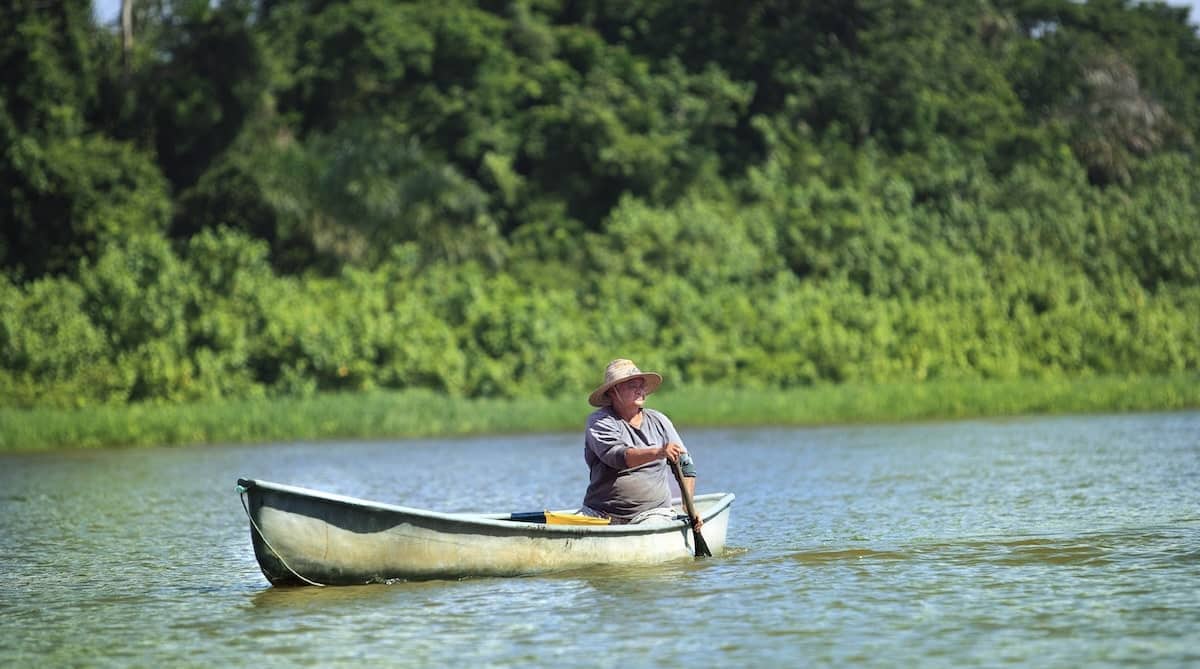 Boat trips through the canals are another must-do activity. They allow visitors to discover the park’s aquatic landscapes and observe a variety of animals in their natural habitat, including birds, mammals and reptiles. You can also take advantage of your stay to explore the lakeside area by kayak. This is certainly the best way to observe the wildlife that inhabits the shores.
Boat trips through the canals are another must-do activity. They allow visitors to discover the park’s aquatic landscapes and observe a variety of animals in their natural habitat, including birds, mammals and reptiles. You can also take advantage of your stay to explore the lakeside area by kayak. This is certainly the best way to observe the wildlife that inhabits the shores.
We offer excursions by boat, kayak or on foot to visit all areas of the park with an English-speaking naturalist guide.
Fishing
Whether sport or artisanal, fishing in Tortuguero is permitted in certain parts of the park, subject to strict regulations. Several companies offer tours that include compulsory licenses and provide top-quality equipment.
The most common species of fish include tarpon, snook and catfish.
The Turtle Museum
It goes without saying that the turtle is the omnipresent animal in Tortuguero. Although they are only present for part of the year, from July to October, the entire local economy lives around this marine reptile.
So it’s fitting that the park has created a museum in its honor.
A visit is a must if you want to learn more about the different species and the importance of protecting them. The visit lasts barely an hour, but it’s well worth it, especially if you want to raise children’s awareness of the importance of conserving their environment.
Price: $3/person
Times: daily from 10:00 to 12:00 and from 14:00 to 17:00
Where to stay and eat in Tortuguero?
Hosting
Tortuguero offers accommodation options to suit all budgets, from luxury lodges to youth hostels.Many lodges offer all-inclusive stays in Costa Rica, i.e. a visit to the village of Tortuguero, a wildlife observation boat trip and all meals. Almost all have a swimming pool for a refreshing dip. Some have access to the beach; even if it’s not swimmable, it’s a pleasant place to stroll.
Many of these establishments are located away from Tortuguero village, along the main canal and accessible only by boat. In our opinion, these are the most pleasant lodges. Indeed, the few accommodations available in the village itself are often noisy and the gardens small or non-existent.
The more isolated lodges benefit from vast grounds where it’s already easy to observe abundant animal life. Hotels frequently offer walks on their property with local guides, adding to the pleasure of the stay. What’s more, most have kayaks at their disposal, so you can enjoy Tortuguero’s canals on your own, away from the boats that ply the main canals.

Restaurants
Almost all lodges offer a service with meals included. But for those staying in backpackers in the village, you can find small restaurants and cafés in Tortuguero village. Don’t look for gourmet restaurants, because here, Costa Rican and Carribean cuisine is the order of the day. Dishes rich in seafood, rice, beans and tropical fruits are on the menu of most of the village’s sodas.
Guides and tours
Qualified local guides are available for guided tours, offering valuable information on the park’s ecosystem, wildlife and history. These tours can include boat excursions, hikes, nighttime turtle watching on the beaches and wildlife viewing more generally. For our customers, we prefer boat excursions, but also kayak or canoe experiences to appreciate the rich animal life in the quiet. What’s more, we offer these tours in French with local naturalist guides.
Best time to visit Tortuguero
The best time to visit Tortuguero depends on your expectations.
It’s important to point out that the climate is difficult to predict on this side of Costa Rica. However, if you want to visit in dry weather, then February, March and April are ideal. On the other hand, if you want to see sea turtles, July, August and September through to the end of October are the best months.
This is when the sea turtles come to lay their eggs and, 45 days later, you can witness the magical spectacle of baby turtles being born. It’s also a relatively less touristy season.
In our opinion, July and August are the perfect months not only to enjoy beautiful sunny mornings, but also to optimize your chances of seeing a turtle come to lay its eggs. And why not witness the first hatchlings, which take place 45 days after laying.
As you can see, Tortuguero is a very special place in Costa Rica. Its not-so-easy access, confusing layout and varied activities make it a very different experience from that of Manuel Antonio National Park, for example, which is much more traditional and accessible.
But Tortuguero’s biodiversity and exotic atmosphere make it a Costa Rican stopover well worth the detour.
Découvrez d’autres articles de blog
Pourquoi voyager avec nous ?

Une réputation sans faille depuis 2008

Un seul interlocuteur en français

Notre présence toute l’année sur le terrain

Notre expertise pour une offre sur mesure

